Jacquard is a fabric that is most treasured for its decorative aspects. In addition to this, a jacquard is also a fabric that is generally robust and heavyweight. It is possible to emphasize these characteristics by weaving jacquard using wool or other durable materials.
Table Of Contents
What is jacquard fabric?
A Jacquard fabric is a mechanical loom designed by the French textile artist Joseph Marie Jacquard. By woven on a jacquard loom, jacquard fabric is made. Complex patterns are woven directly into the cloth using this sort of loom, which results in fabrics with intricate designs. Because of this, any fabric with woven patterns will look somewhat like jacquard, but in a strict sense, the term "jacquard" may only be applied to fabrics that have been woven using looms specifically designed to create jacquard patterns.

Properties
|
Property |
Explanation |
|
Heavy fabric |
Jacquard fabric is comparatively heavier than some other fabrics |
|
Durable |
This type of fabric is durable and long-lasting |
|
Moisture |
It is an excellent moisture absorber and is quite comfortable to work with |
|
Low synthetic fiber |
If it is woven from natural fibers or has only a tiny percentage of synthetic fibers |
Some other properties of the Jacquard fiber are:
- Colour woven
- Versatile
- Frays easily
- Time-consuming to produce
- Drapes easily
- Long floats on the reverse of the fabric
- Good luster
Characteristics
Even though a jacquard fiber may be woven from yarns that vary not only in their chemical make-up but also in how it appears visually and feels to the touch, it nevertheless possesses certain common traits.
- A stunningly beautiful appearance regardless of the method of production
- An abundance of shapes, a wide range of surface textures, and a rainbow of hues
- Quite pleasant to the touch
- High density, which results in an extended service life
- It hardly ever develops wrinkles and can be readily straightened out
- It does not cause allergies
- It does not require particular care conditions
What is jacquard fabric made of?
Cotton and silks are two examples of natural fibers that can be woven into modern jacquard fabrics. Synthetic polyester and polyester cotton blends are two examples of synthetic fibers that can also be used. The manner of construction is something that all of them share in common. In most cases, they have a complex pattern, and in comparison to many other forms of weave, they are typically more durable and substantial.
The design of jacquard fabrics is woven into the material itself, as opposed to being stamped, printed, or embroidered on top of the cloth, as is the case with other types of fabrics. Because of this, certain jacquards can even be reversed, with the reverse side of their design appearing on the reverse side of the fabric.
Manufacturing process

A Jacquard loom is used in producing jacquard cloth by textile manufacturers. Even if the method of weaving fabric on a Jacquard loom is the same everywhere, it is nevertheless feasible to manufacture this fabric from a wide range of different textile fibers. To create a finished piece of jacquard fabric, the following processes must be completed in the next order:
Step 1: Acquire the material for the textiles
To purchase the many kinds of textile materials available on the market requires various approaches. Cotton, for example, is produced from clumps of fluffy fiber that surround ripe cotton seeds and acts as a protective covering for them. Wool, on the other hand, is obtained by shearing the coats of animals that naturally produce wool.
Step 2: Soin it into yarn
After producing the fundamental fiber in textiles, the next step in the manufacturing process is to spin the fiber into yarn. It is possible to spin yarn in a range of different thickness possibilities. Dyeing is a standard process for yarn used in the textile industry.
Step 3: Write the instructions as programs for the computerized Jacquard loom
The selection of Jacquard loom programming for a textile producer often occurs after the appropriate types of yarn have been procured. For computerized Jacquard looms, there are thousands of distinct weave patterns that may be selected, and it is also feasible to generate new patterns. By choosing a program, the computerized Jacquard loom can prepare to weave the yarn into a specific design.
Step 4: Feed the yarn into the loom
Jacquard looms, particularly those that are computerized and modern, typically have a central point at the loom from which the yarn is fed into the weaving apparatus. When the intended pattern is complete, the Jacquard loom will have arranged all of the yarn into a complicated web. Some automated Jacquard looms have the capability of simultaneously weaving numerous pieces of fabric.
Step 5: Perform any necessary post-production treatments on the fabric
Although it's not very common, certain companies that make textiles color the completed jacquard fabric. Textile makers regularly subject entire sections of finished fabric to chemical compounds that add more excellent durability or heat resistance to the end product.
History
Before the Jacquard loom was invented, it took a long time to weave beautiful fabrics like brocade and damask. As a result, these textiles were prohibitively expensive and only available to the well-off few.
By 1804, several technologies had made it easier to weave complicated designs into fabric. Jacques Vaucanson, Jean Baptiste Falcon, and Basile Bouchon had all made significant contributions to the field of patterned weave manufacture prior to Joseph Marie Jacquard's industrialization of the process.

The earliest example of a machine powered by punched cards was the Jacquard loom, which used punched paper cards to program patterns. American statistician Herman Hollerith employed a variant of Jacquard's punched-card technique in the 1890 census. Until the development of digital input in the mid-20th century, punched cards were the primary means of operating electronic computers. Joseph Marie Jacquard's loom was a crucial factor in developing viable electrical computing systems.
Punched-card Jacquard loom sequences were so highly guarded as trade secrets in the early 1800s that competing textile enterprises frequently plagiarized one another's work. Jacquard looms radically decreased the cost of finely patterned woven fabrics, making damask, brocade, and other expensive textiles available to the general public.
The Jacquard loom has undergone a tremendous shift in design throughout the years. A series of punched cards no longer operate jacquard looms, but rather, computer programs are used to control them. Computerized Jacquard looms, as they're known, eliminate the need for manual labor in the weaving of jacquard fabrics, making them more productive and less expensive.
The use of jacquard fabric in clothing has declined during the last few decades. High-end furniture often features jacquard upholstery, and this ornate fabric has become more popular in the homewares arena. Drapes and duvet covers are the most popular home furnishings made from jacquard. Although computerized Jacquard looms have made the production of the jacquard fabric significantly less expensive, the fabric's association with high-class luxury persists.
Types
A jacquard cloth has been woven on a Jacquard loom. In this section, we'll go through some of the most popular variations on the basic jacquard pattern.
Brocade

Brocade fabric, originally made of silk, is now available in synthetic, cotton, and even wool. Brocade can be made with more than five distinct colors of yarn, even if it is simple and only uses two colors of yarn.
Brocatelle

Brocatelle is a type of brocade that can only be made on a Jacquard loom, much like the more common cloth. Unlike brocade, the designs on this fabric tend to be more complicated and contain raised, puffed textures. It is more common for brocatelle to be thicker and more robust than brocade.
Damask

Reversible damask is a better alternative to brocade and brocatelle since it only uses one warp and one weft thread. Brocade is easier to weave, but damask is faster and more efficient to make on the Jacquard loom.
Cotton jacquards

Cotton jacquards are among the most uncomplicated and affordable to produce on a Jacquard loom. Cotton-based jacquard fabrics have mainly superseded linen-based jacquard fabrics.
Silk jacquard

When creating elaborate brocades or tapestries, silk jacquard is often utilized since it is the most abundant sort of jacquard fabric. To manufacture brocade, silk has traditionally been the go-to material for ages.
Wool jacquard

Jacquard tapestries are often made with wool, which is less delicate than silk. Wool jacquard is frequently used to manufacture cold-weather clothing, including sweaters and gloves, because of its insulative characteristics.
Jacquard knit

Jacquard loom-like features can be added to some knitting machines. Knitted fabrics with intricate, jacquard-like patterns are created using these specialized knitting machines.
Synthetic jacquard
To save money, certain jacquard producers have chosen to employ synthetic fibers rather than silk, cotton, or wool because of their low cost. Synthetic jacquard, on the other hand, is of poor quality and significantly influences the environment.
Matlassé

Raised designs adorn matelassé fabric, commonly used to construct coverlets and pillow shams. It is considerably easier to use a Jacquard loom or a quilting machine to make matelassé now than in the past.
Applications
The term jacquard refers to the majority of woven textiles that have intricate patterns. There are several distinct subtypes of this fabric; nonetheless, the majority of jacquard is utilized for functionally equivalent applications. In today's world, jacquard is most frequently used in the production of drapes and curtains; nonetheless, it is not uncommon to come across duvet covers that incorporate jacquard weaving.
Jacquard is a weaving technique used less frequently by makers of textiles to create formal men's and women's clothing, such as decorative gowns and patterned suits. Additionally, jacquard blouses and casual dresses can be found in many stores. Throw pillow coverings and upholstery are two further non-apparel applications of the jacquard weaving technique.
The usage of jacquard fabric, which is typically reserved for high-end, ornamental furniture and is utilized less commonly on daily sofas and chairs, infuses otherwise ordinary pieces of furniture with an impression of refined sophistication. Using jacquard looms to create intricate woven tapestries is possible and more straightforward.
Conclusion
As you now understand what jacquard is, this is high time you should give it a shot. There is no doubting the fact that the jacquard is a gorgeous fabric because it features well-known designs and patterns. Jacquards are an excellent choice for people who want to draw attention to themselves and for fashion designers who want to test the limits of their abilities.





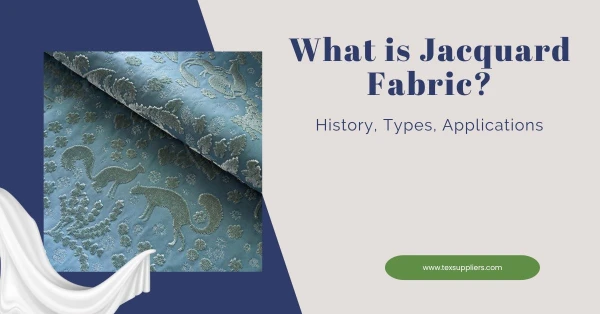
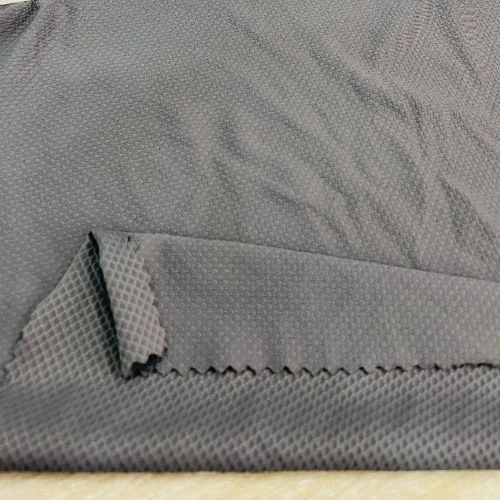
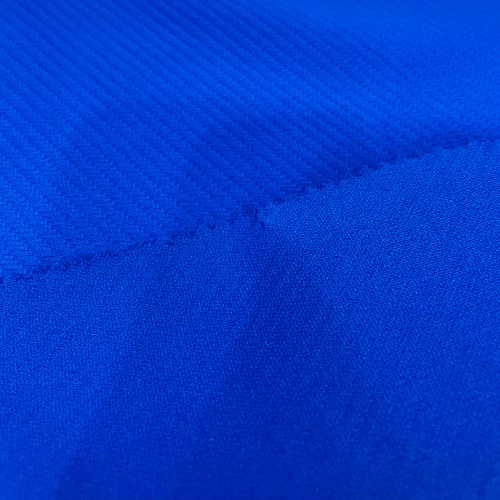
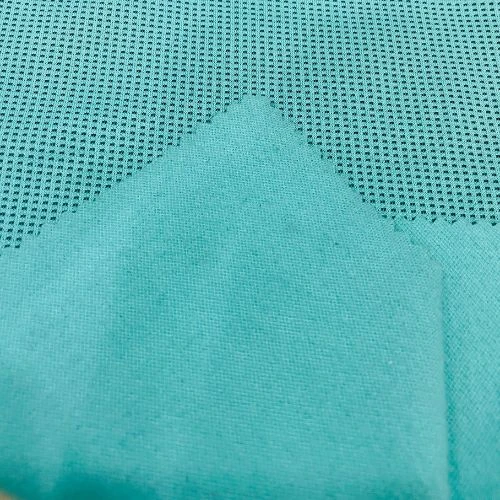
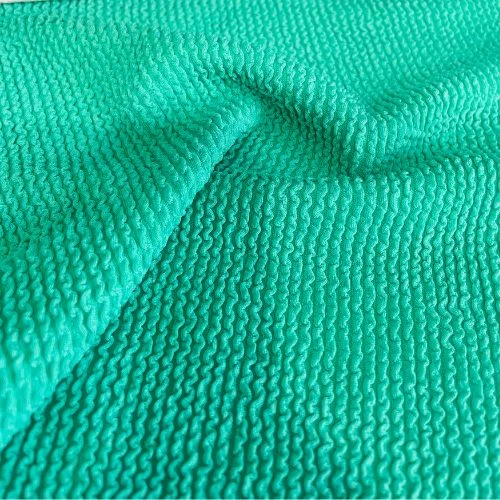
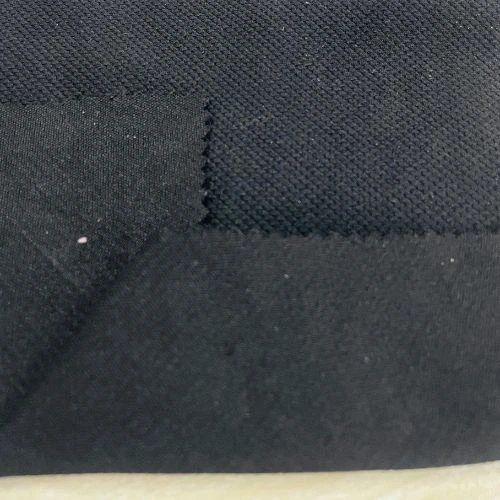





Comments - 00
Leave A Reply
Thanks for choosing to leave a comment.